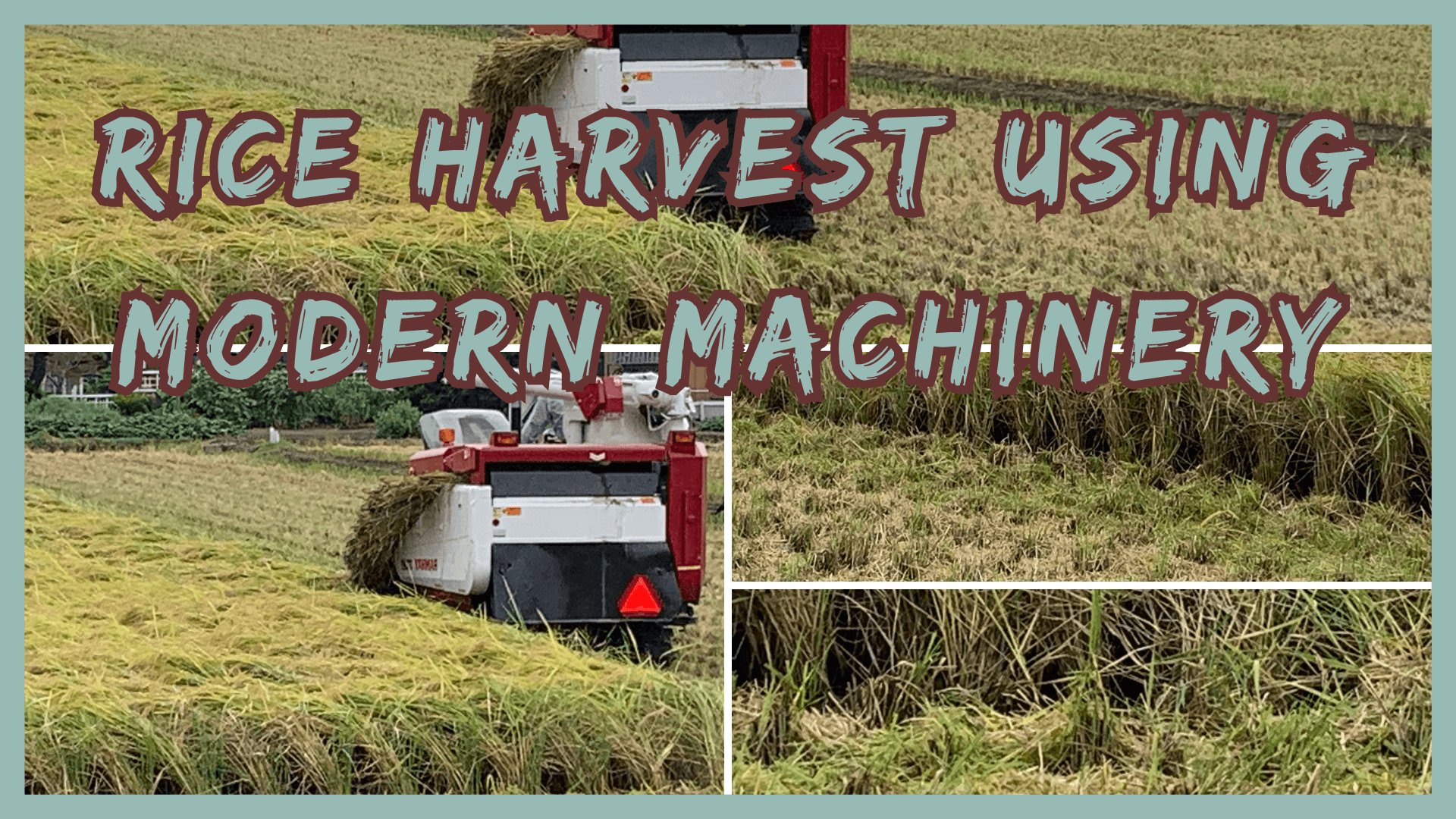| Back to Back Issues Page |
 |
|
Natto Talk, Issue #2 -- The Natto Journey - Rice Straw & Natto October 01, 2023 |
The Natto Journey Has Begun!Welcome to the second issue of "Natto Talk!" I'm thrilled to continue on this journey with you and explore the fascinating world of fermented soybeans together. If you like Natto Talk, please do a friend and me a big favor and "pay it forward." If a friend did forward this to you and if you like what you read, please join our Simply Natto "Foodie" community by visiting...
natto-talk.html
October 2023, Natto Talk - Issue #2In this second edition, you will learn about:1. How to make homemade natto using rice straw 2. The Fall Season in Japan: Rice Harvest 3. A sesame natto recipe 4. This month's Japanese word from Simply Natto's "Natto Lingo"
How to make Natto using Rice StrawLet's learn how to make wara natto! Today I'm going to teach you how to make your very own traditional-style sticky, stringy beans using rice straw and modern equipment. My article "How to Make Wara Natto" will teach you what you'll need before getting started, and it will walk you through each of the 6 steps as you make your very own homemade wara natto. Click on the link to start making some natto goodness.
how-to-make-wara-natto.html
The Fall Season in Japan: Rice HarvestWith the rice grains hanging and the seasons beginning to change from summer to fall, the time for the rice harvest has begun. As farmers ready their equipment and get to work, we watch as the full, green rice fields become bare and brown. The rice stalks are cut and the rice is dried. For drying the rice there are two methods: The Traditional Method: The rice is hung out in the sun to dry for 1-2 weeks (maybe longer). The Modern Method: The rice is put into a machine to dry.

The picture above shows one way rice is traditionally dried in Japan. The Japanese name for this is "inekake." (pronounced: ee-nay-kaw-kay) The rice has been cut by hand and then hung on long poles. Rice is hung out in the sun to dry to create a more flavorful taste; however, this method takes a lot of time and farmers have to be mindful of the changing weather. Here's a look at how a rice farmer in Japan can speed up their rice harvest.

By using a machine to harvest rice, a rice farmer can harvest their crop in a timely manner and reduce the physical toll on their body. With the rice cut, the farmer can now decide whether to hang the rice to dry (traditional method) or put the freshly cut rice into a machine to be dried (modern method). By putting the rice into a machine to dry, farmers can progress with their harvest more quickly and not have to worry about any changes in the weather. Though I do see some rice farmers continuing to use the traditional method, I definitely see more rice fields where farmers have chosen to use the modern method.
Sesame Natto RecipeFall has arrived! As we say goodbye to the heat and humidity of summer here in Japan and say hello to the cooler nights and crisper air of fall, let's enjoy a nutty, earthy flavor with our natto to go with the changing of the season. How to make: 1. Add a splash of shoyu 2. Add some sesame oil to your natto 3. Sprinkle some cracked black pepper over the natto 4. Mix your natto 20-30 times
What do you think of the aroma? Does this taste suit your palate? What would you change to make it taste even better for you?
YouTube Video - Sesame Natto
Simply Natto's Language CornerThis month's Japanese word is: 藁 (wara) "wa-raw" (slightly roll the "r" in "raw")
meaning: rice straw
Here's a video on how to pronounce 藁 (wara).
YouTube Video - Natto Lingo - Wara
What to do Next?Comments? Ideas? Feedback? Did you make your very own wara natto? What did you think of the sesame natto flavor? I'd love to hear from you. Just reply to this publication, or leave a comment on the videos, and tell me what you think! To all of my fellow "Natto Foodies," thank you for joining me on this natto-filled adventure, and I look forward to sharing and discussing more natto goodness with you in our next issue of Natto Talk.
 Until next time!
Until next time!
Justin
|
| Back to Back Issues Page |